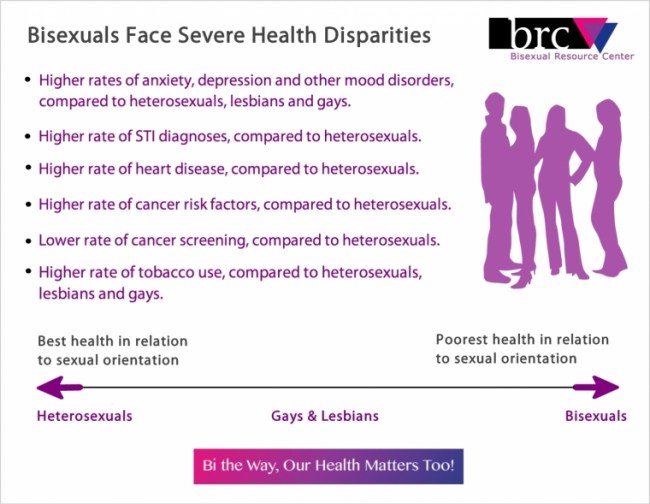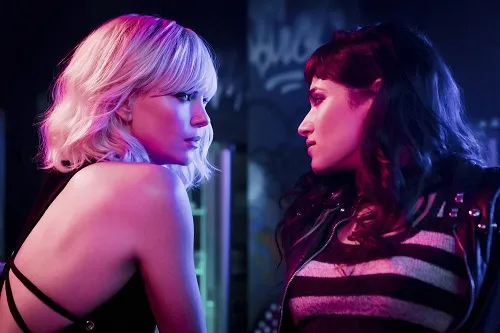If you want to know how society at large is dealing with or feeling about a certain topic or trend, the silver screen is a pretty good place to look. Was the average 1950s citizen worried about nuclear proliferation? I don’t know, you tell me, Godzilla, Them, or The Beast from 20,000 Fathoms. Was anyone in the 80s concerned about the widespread consumption of increasingly violent media? Watch Videodrome and see what you think. But it’s not just society’s fears that are reflected in film – it’s our hopes for the future, the things we currently value, and the people who we deem most important.
So, how do we as a society view the LGBTQ community? That’s one evolution you can definitely track through film, and organizations like GLAAD have been doing just that since 1985. Unsurprisingly, while representation of LGBTQ people and issues has increased in media over the last 30 plus years, we still have a long way to go before anything like ‘equal’ or ‘fair’ representation is reached. But there’s hope on the horizon, and especially hope for some members of the LGBTQ community who may not be used to seeing themselves portrayed positively (or at all) on the big screen.
Earlier this year, GLAAD released an article celebrating the meteoric rise in the amount of bisexual representation in the 28th annual #glaadaward nominees. “Though portrayals of bisexuals often fall into harmful stereotypes,” the article states, “2016 saw many accurate and powerful representations of bisexuality, in film, television, comic books, music, and journalism.” This is exciting news, especially at a time when bisexual erasure is still a prevalent issue both within and without the LGBTQ community. Bisexuals also continue to face higher rates of anxiety, depression, and other mood disorders even when compared to lesbians and gays.

(image: Bisexual Resource Center)
Positive portrayals of bisexuality in film can go a long way towards helping fight bisexual erasure and encouraging bisexuals to become more comfortable with their identities and, potentially, become more comfortable claiming space in society. But do those positive portrayals in film currently exist? For bisexual women, the answer is a big hell yeah.
It’s hard to think of a more empowering portrayal of womanhood right now than Wonder Woman, and, that’s right, Harold, she’s bisexual. While we don’t get to see Diana engage in any onscreen relationships with women (at least, not in this first film), the character is canonically bisexual and is very open about her familiarity with sex and sexuality, despite never having come in contact with men before. One of the best lines of the movie may well be “when it comes to procreation men are essential, but for pleasure, not necessary.”
Lorraine Broughton, brought to life by the legendary Charlize Theron in Atomic Blonde, is another bisexual badass that does get to explore her sexuality explicitly in the course of her story. Her connection to MI6 Agent James Gasciogne is shown to be much more than just professional, and in the process of tracking down his killer, she becomes entangled with French operative Delphine Lasalle. What first appears to be just another “girl-on-girl” scene thrown in to titillate a mostly male audience, the relationship between Delphine and Lorraine quickly becomes the emotional heart of a politically driven thriller. They may have intended to use each other at first, but the two women grow to care for each other and share perhaps the only moment of true intimacy that is to be found in the whole film. It’s a breathtaking moment; quiet and touching in an otherwise bombastic, synth-pop action marvel.
But let’s put action heroines aside for a moment—after all, not all women want to see themselves as a Xena or a Diana. Appropriate Behavior had a theatrical release in 2015 in the US. The main character, Shirin, is left homeless, jobless, and heartbroken after she and her girlfriend split. The film is a Last 5 Years-esque review of the incidents of their relationship and Shirin’s struggle not just to move on, but to become comfortable with her own identity as a bisexual woman. Irreverent, heartbreaking, and hilarious, the problem of this film is never Shirin’s sexuality; she is not ‘fixed’ when she starts a new relationship, whether it be with a man (she tries, twice), or another woman. Only when she begins to accept who she is in her own way does Shireen begin to heal, something that even her ex couldn’t manage to do, as much as she loved her.
Society is still far from accepting of LGBTQ people and bisexual men and women often find themselves ostracized by the very community they where they are supposed to be welcomed. But positive film portrayals like those found in Wonder Woman, Atomic Blonde, and Appropriate Behavior can give bisexual women hope that things are getting better. Not only that, but they serve as beacons to those who are still struggling to come to accept what their bisexuality means to them—they can look up at that screen in the dark and see that they are not monsters, or outcasts; but heroes, fighters, and friends.
(featured image: Digital Fox Media)
Robin Jeffrey was born in Cheyenne, Wyoming to a psychologist and a librarian, giving her a love of literature and a consuming interest in the inner workings of people’s minds, which have served her well as she pursues a career in writing. Several of her pieces have been featured in various college publications at the University of Washington and she recently won second place in The Molotov Cocktail’s Flash Phenom Contest for her flash fiction piece “Season of the Dead”. She lives on the West Coast of the United States.
Want more stories like this? Become a subscriber and support the site!
—The Mary Sue has a strict comment policy that forbids, but is not limited to, personal insults toward anyone, hate speech, and trolling.—









Published: Aug 23, 2017 04:22 pm